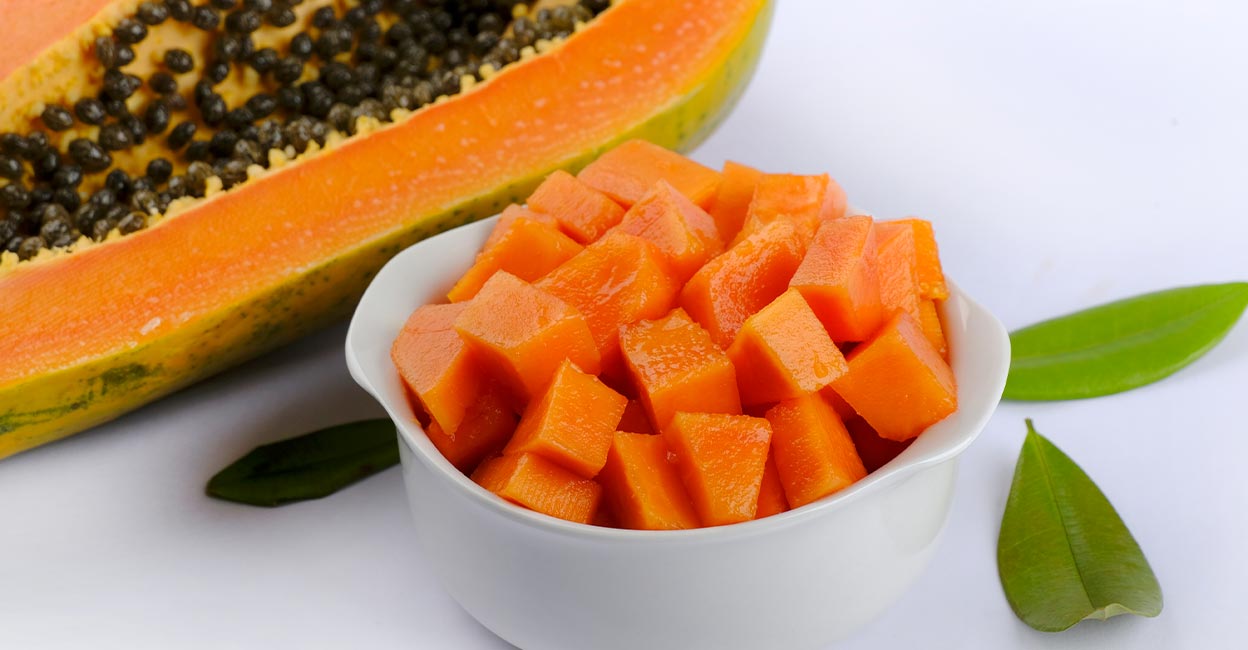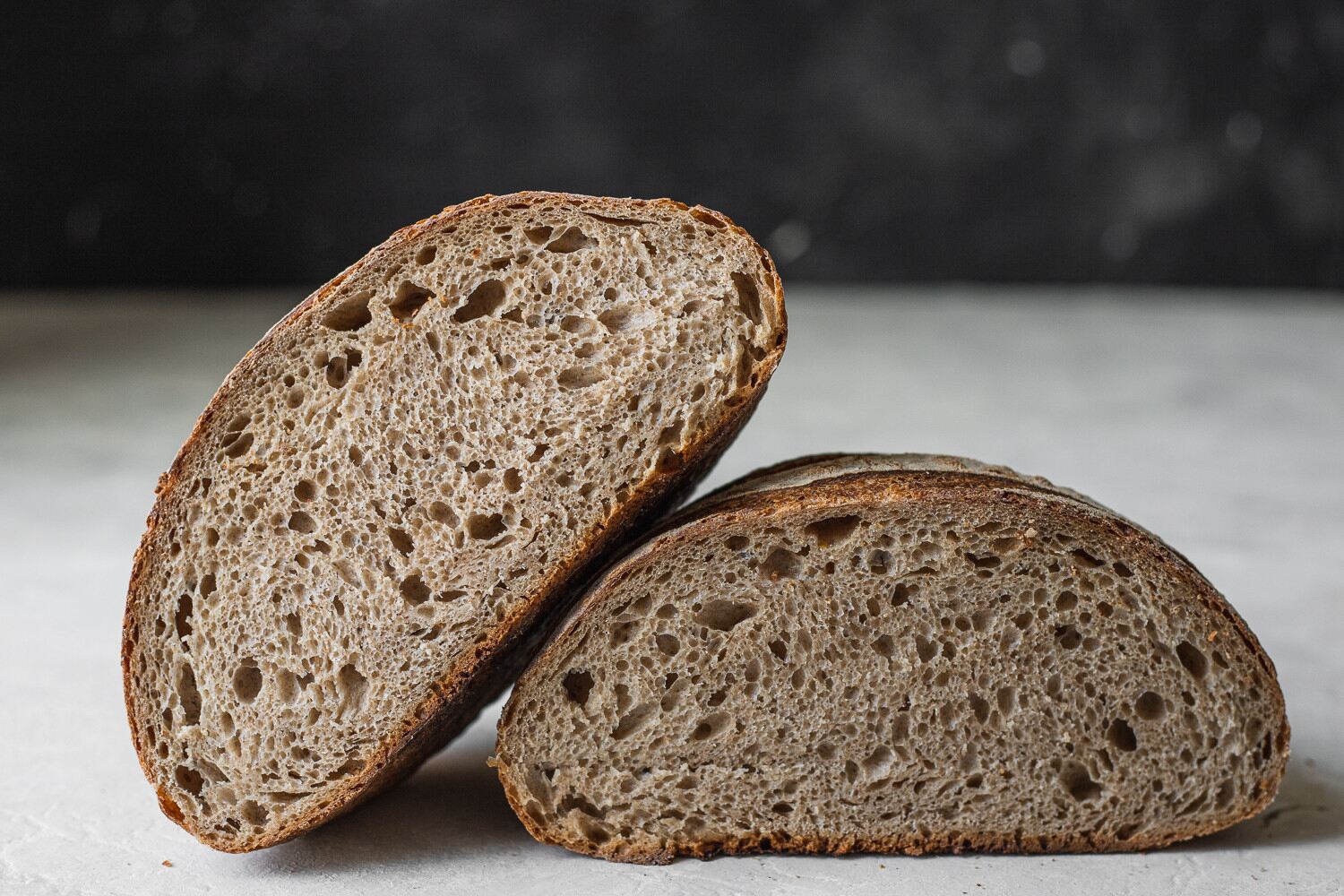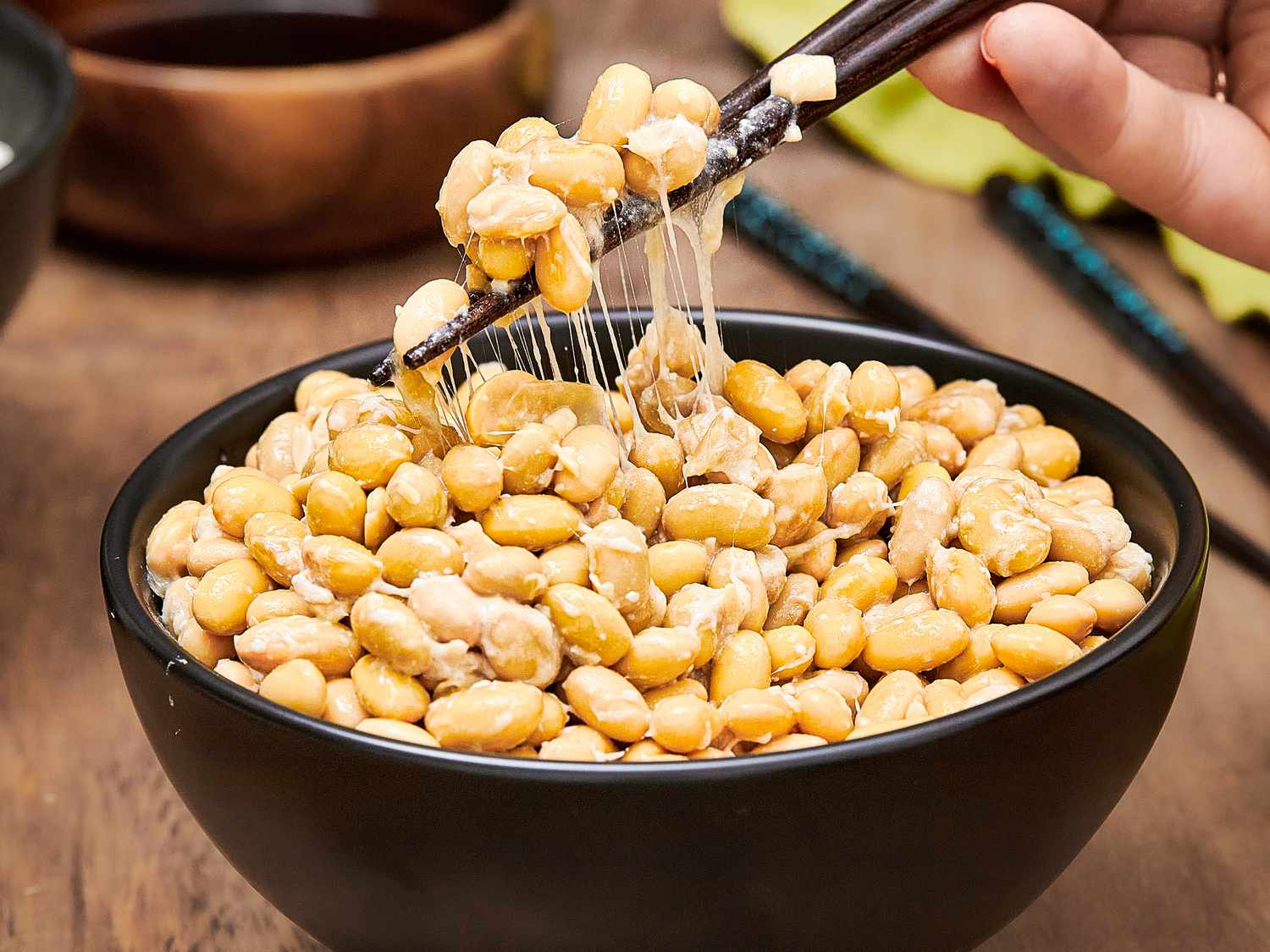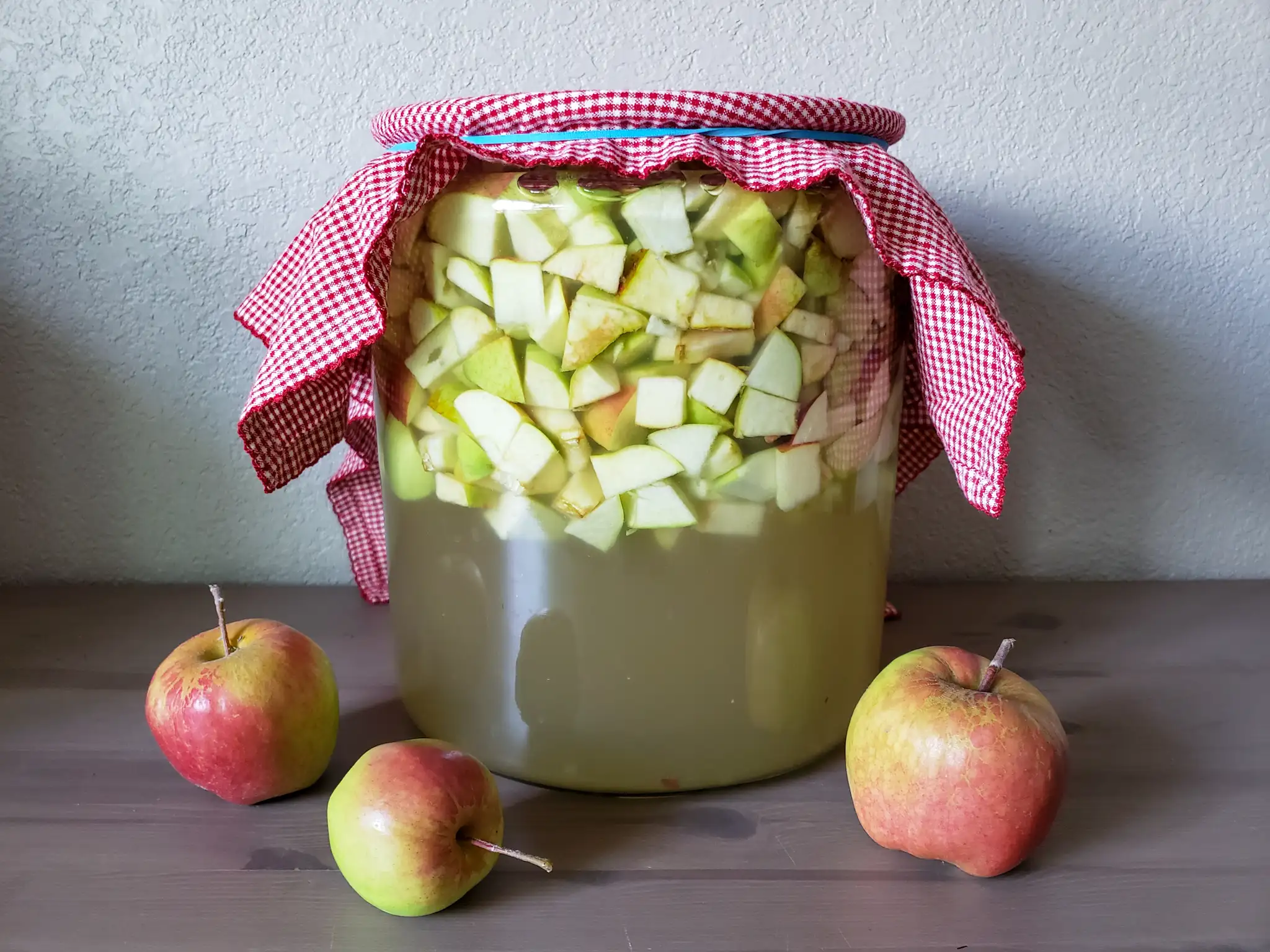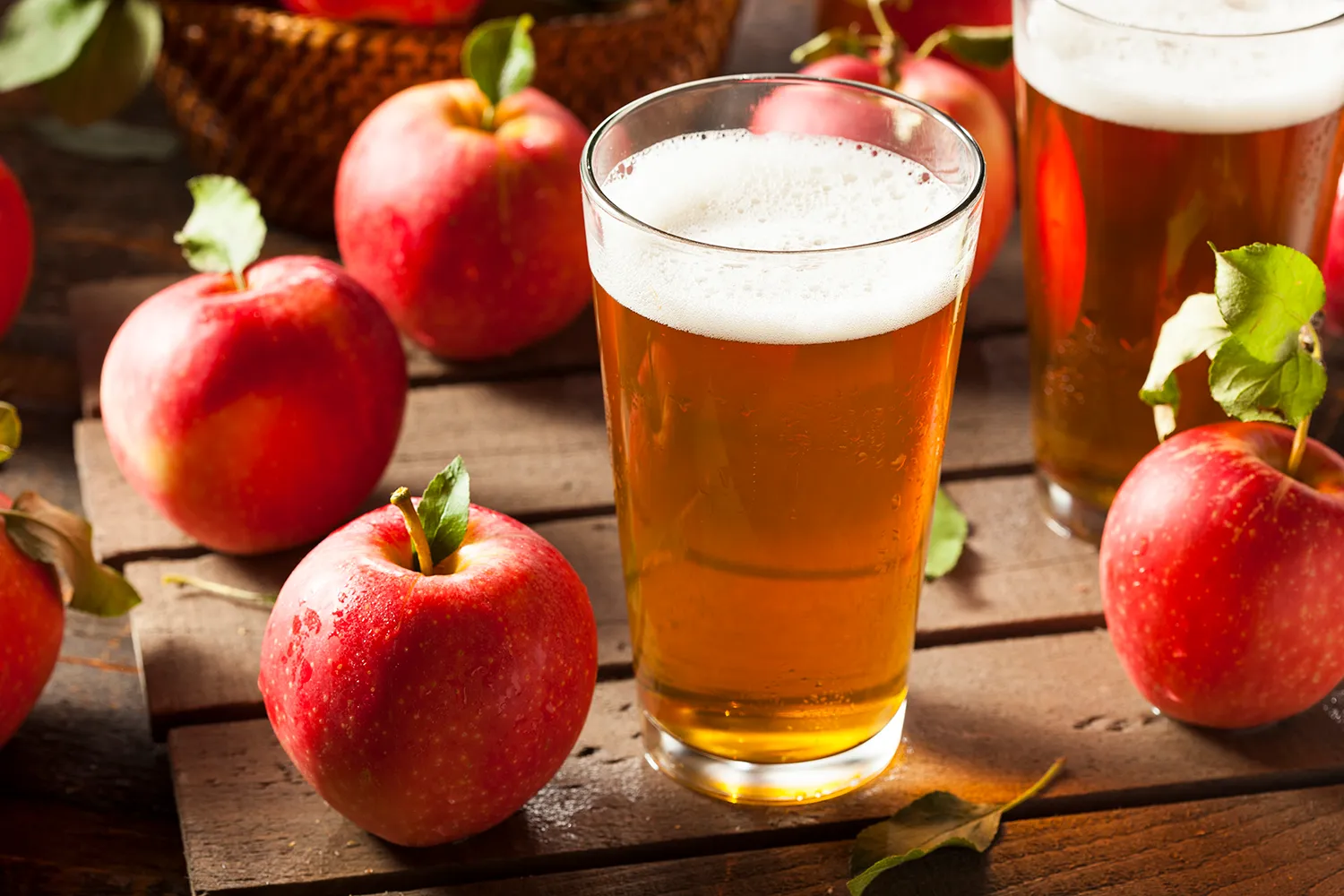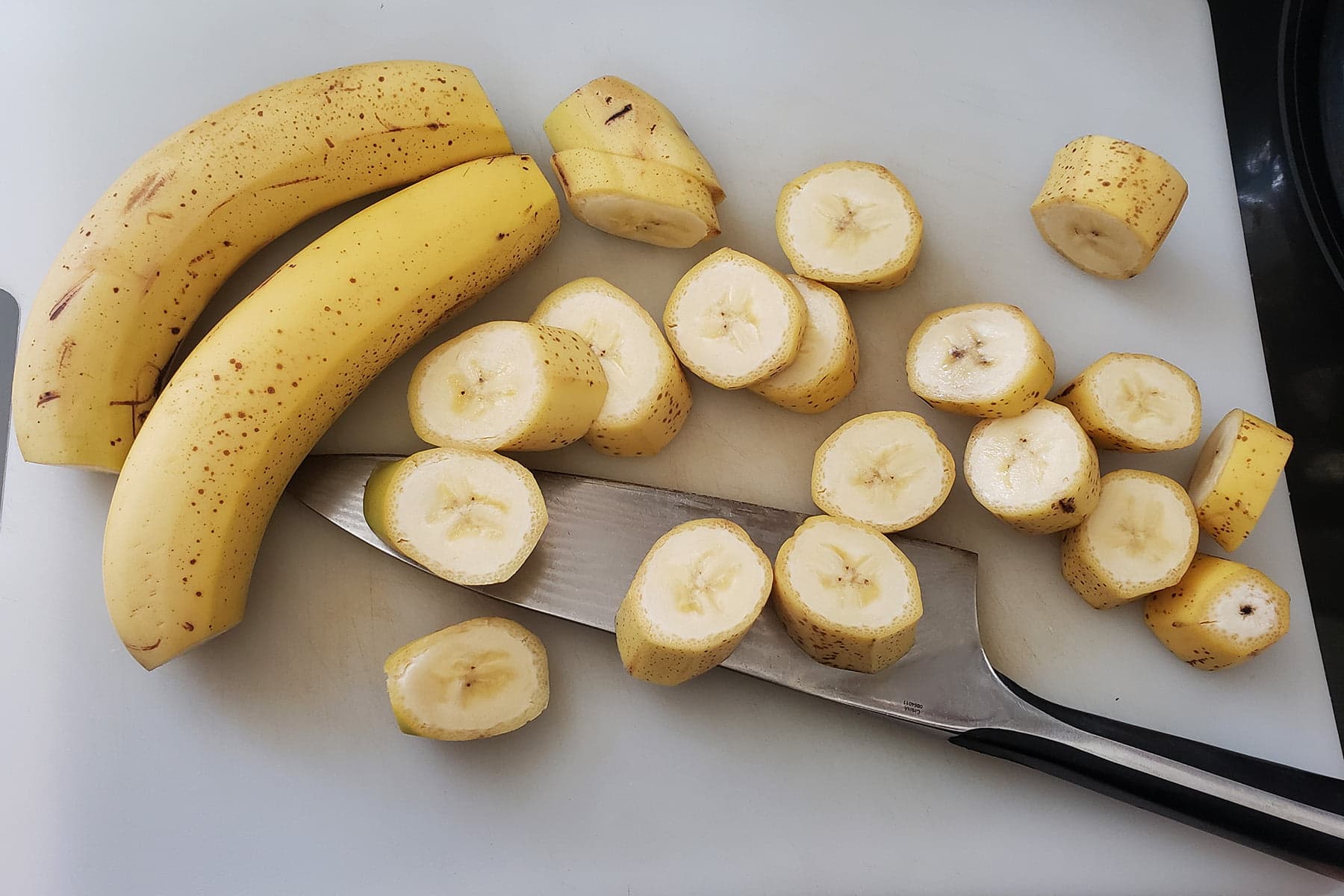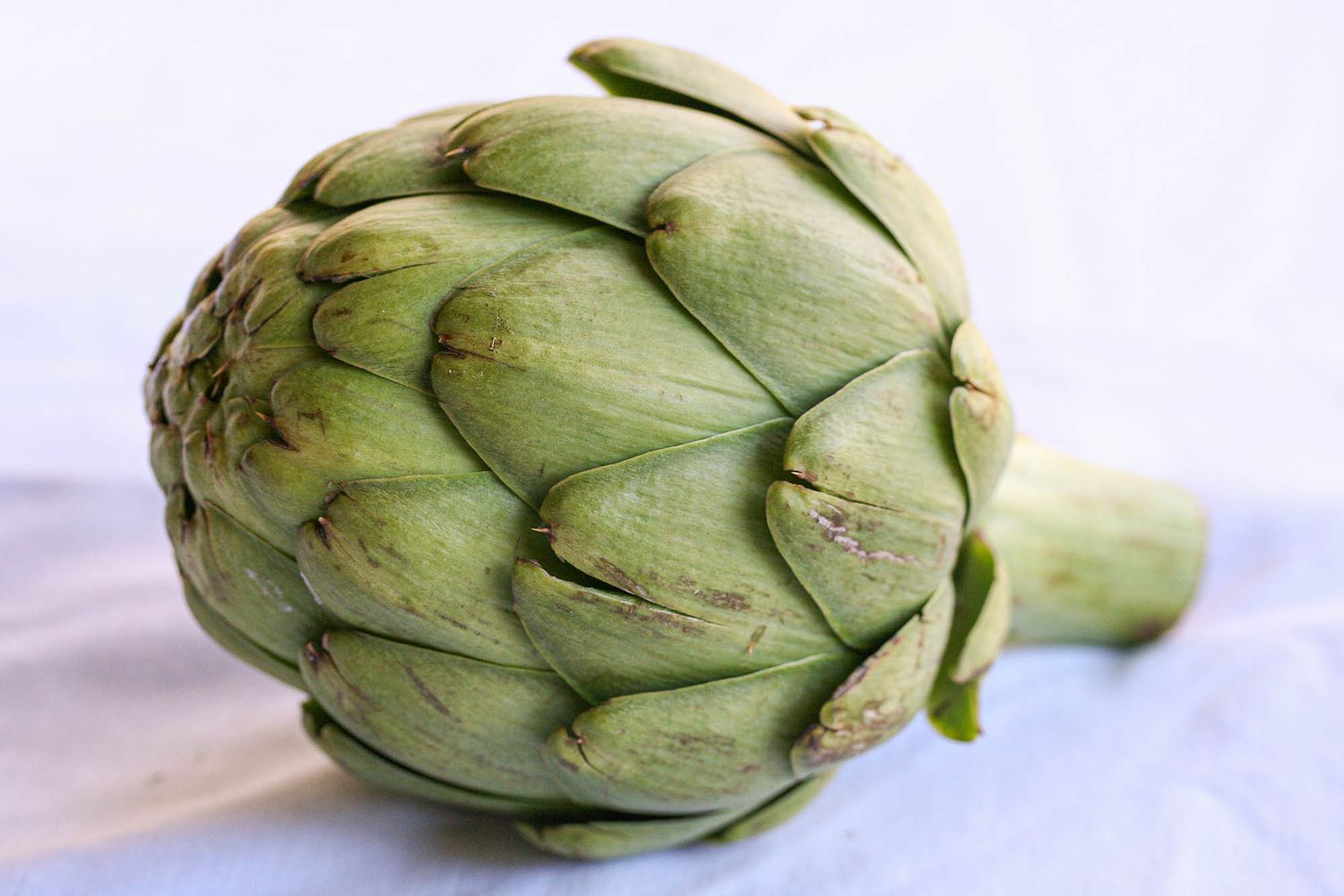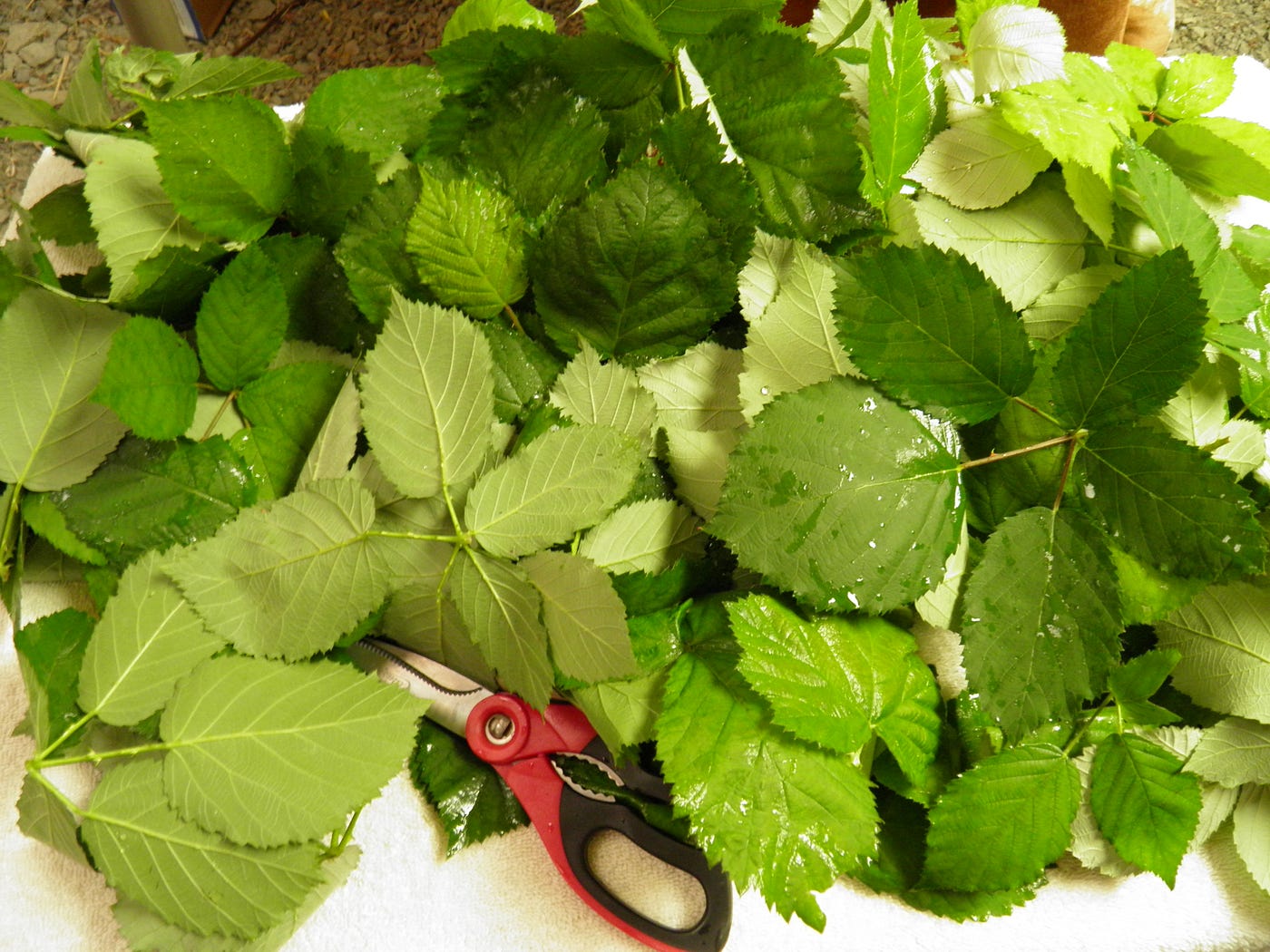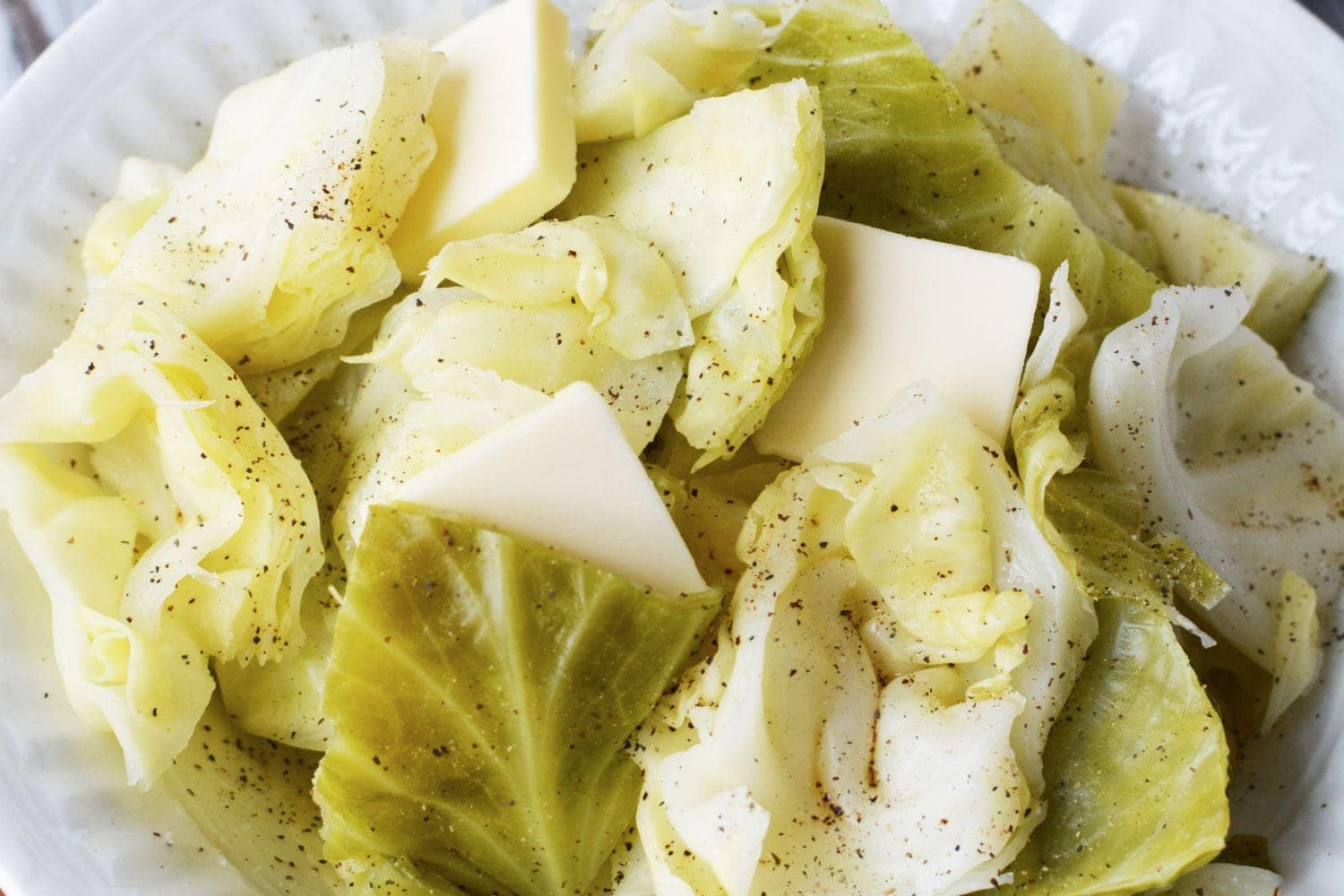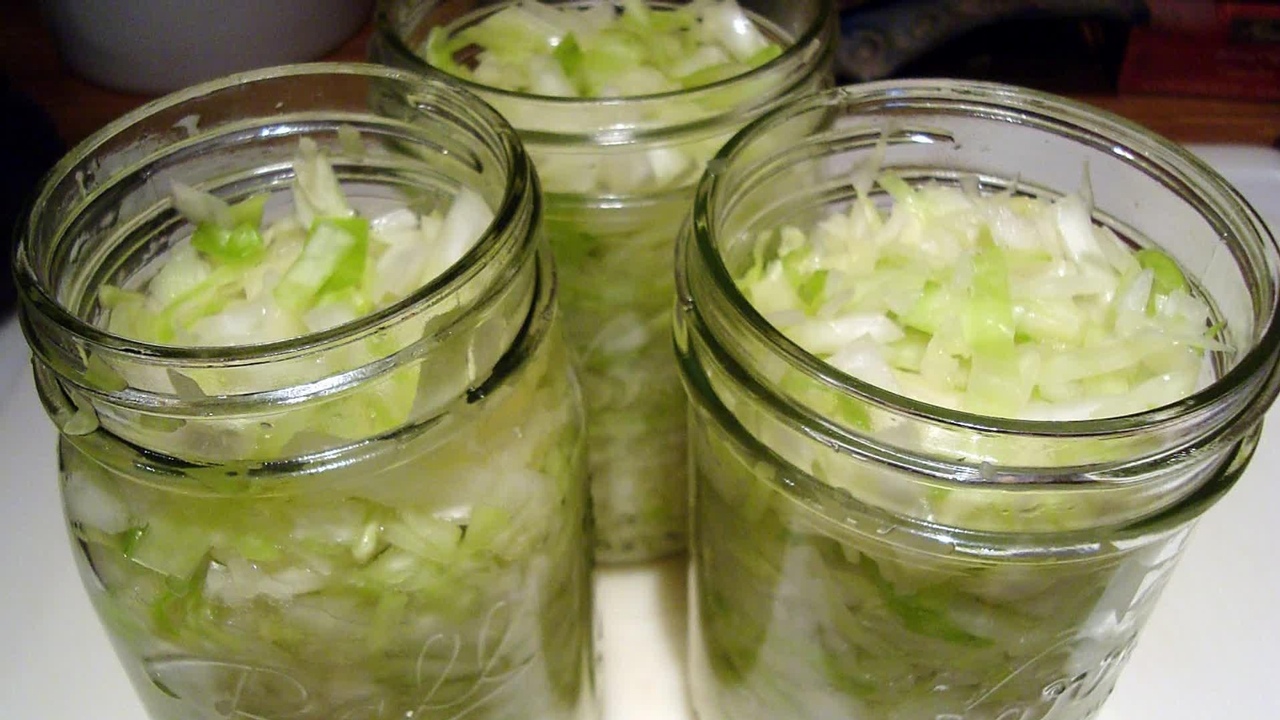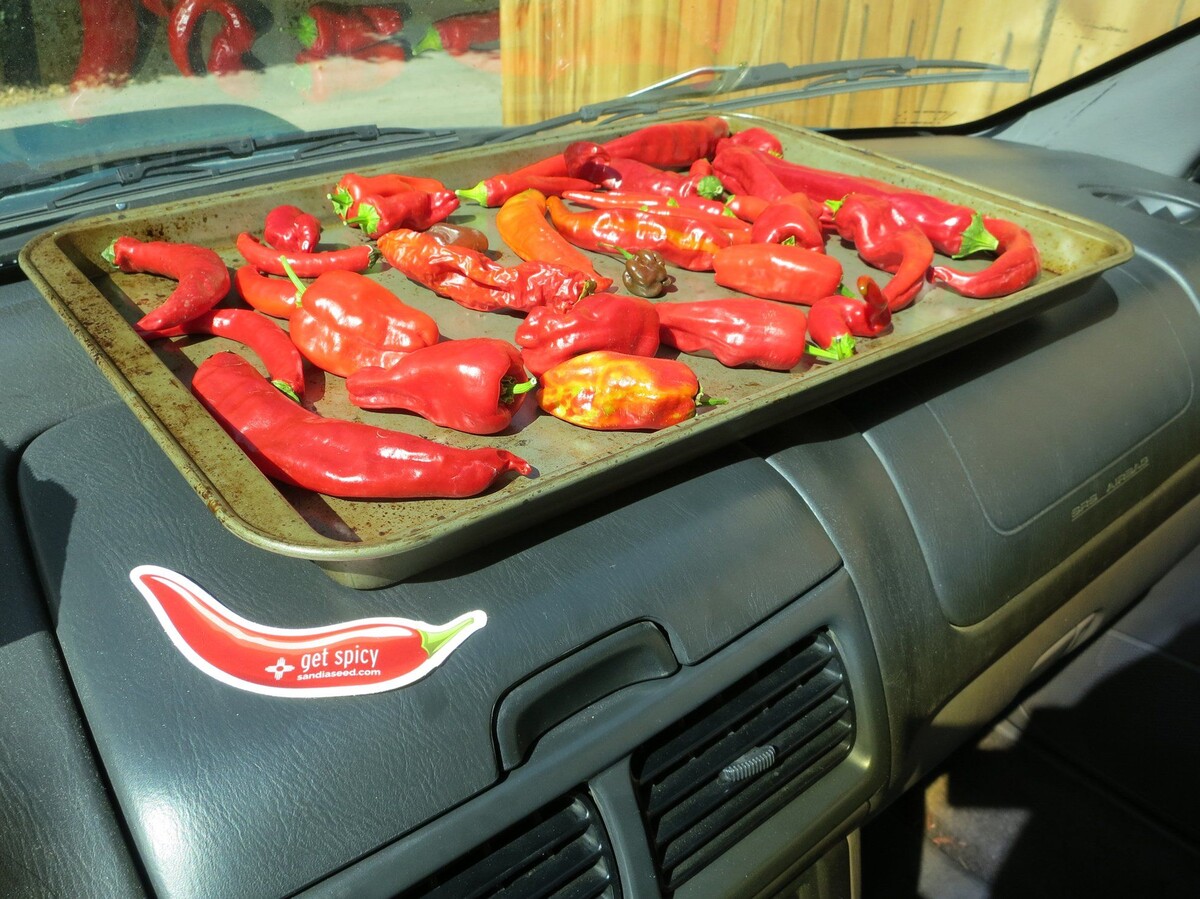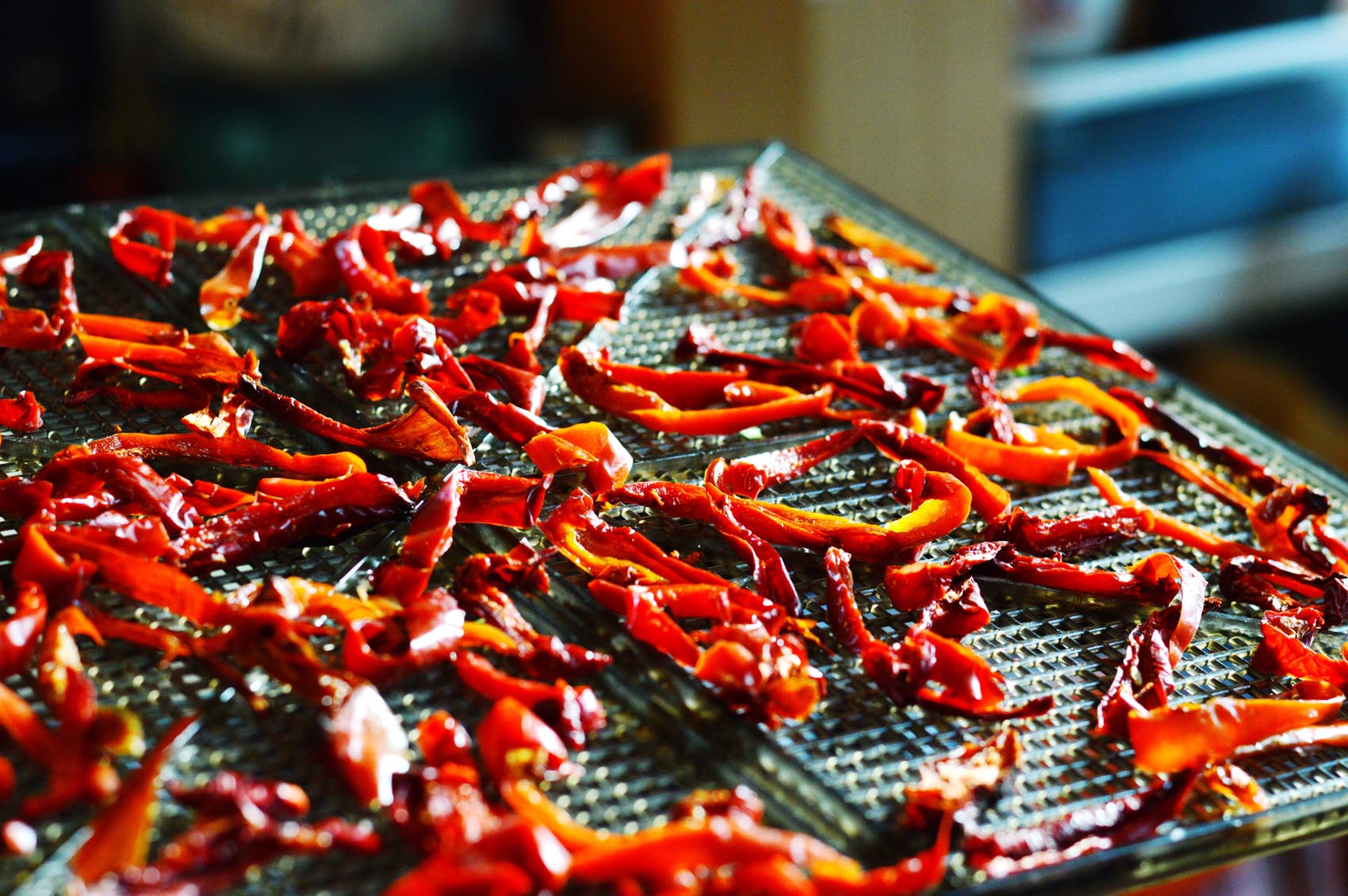Discover the Art of Fermenting Broccoli and Cauliflower
Welcome to the wonderful world of fermentation! If you’re looking to add a new twist to your culinary adventures, fermenting broccoli and cauliflower is a fantastic way to introduce probiotic-rich foods into your diet. Not only does fermentation enhance the flavor and texture of these vegetables, but it also preserves their nutritional value, making them a great addition to your meals. In this guide, we’ll walk you through the steps to fermenting broccoli and cauliflower at home, so you can enjoy the delicious and health-boosting benefits of these fermented veggies.
Why Ferment Broccoli and Cauliflower?
Before we dive into the process of fermenting these cruciferous vegetables, let’s explore why you should consider adding them to your fermentation repertoire.
- Probiotic Powerhouse: Fermented broccoli and cauliflower are rich in probiotics, which are beneficial for gut health and overall well-being.
- Enhanced Flavor: Fermentation brings out a unique tangy flavor in these vegetables, adding a delightful twist to your meals.
- Nutritional Boost: Fermentation preserves the nutrients present in broccoli and cauliflower, making them even more nutritious and easy to digest.
- Longer Shelf Life: Once fermented, broccoli and cauliflower can be stored for an extended period, allowing you to enjoy them at your convenience.
Steps to Fermenting Broccoli and Cauliflower
Now that you’re familiar with the benefits, let’s get into the nitty-gritty of fermenting broccoli and cauliflower. Follow these simple steps to create your own batch of delicious fermented vegetables:
- Prepare the Vegetables: Start by washing the broccoli and cauliflower thoroughly. Cut them into florets of your desired size, ensuring they are clean and free from any blemishes.
- Create the Brine: In a large bowl, mix water and salt to create a brine solution. The salt will help to kickstart the fermentation process and prevent the growth of harmful bacteria.
- Pack the Vegetables: Place the broccoli and cauliflower florets into a clean, sterilized jar, ensuring there is enough space at the top for the brine to cover the vegetables completely.
- Add Flavorings (Optional): For an extra flavor boost, consider adding garlic, dill, or other herbs and spices to the jar. These will infuse the vegetables with delicious aromas during the fermentation process.
- Pour in the Brine: Carefully pour the brine over the vegetables, ensuring they are fully submerged. Leave some space at the top of the jar to allow for the natural expansion that occurs during fermentation.
- Weight it Down: To keep the vegetables submerged in the brine, place a fermentation weight on top. This will prevent any exposure to air, which can lead to spoilage.
- Seal and Ferment: Seal the jar with a lid and place it in a cool, dark place to ferment. Check on the vegetables periodically to ensure they remain submerged and taste them after a few days to gauge the level of fermentation.
- Enjoy and Store: Once the vegetables have reached your desired level of fermentation, transfer the jar to the refrigerator to slow down the fermentation process. Your fermented broccoli and cauliflower are now ready to be enjoyed as a flavorful addition to salads, sandwiches, or as a standalone snack.
Experiment with Flavors and Pairings
As you become more comfortable with fermenting broccoli and cauliflower, don’t be afraid to experiment with different flavors and pairings. You can add various herbs, spices, and even other vegetables to create unique and personalized ferments that suit your taste preferences. Additionally, consider incorporating your fermented broccoli and cauliflower into dishes such as stir-fries, grain bowls, and wraps for an extra burst of flavor and nutrition.
Final Thoughts
Fermenting broccoli and cauliflower is a rewarding and enjoyable process that opens up a world of culinary possibilities. By harnessing the power of fermentation, you can elevate these humble vegetables into vibrant and probiotic-rich additions to your meals. Whether you’re a fermentation enthusiast or a newcomer to the world of fermenting, give broccoli and cauliflower fermentation a try and savor the delicious results!
So, roll up your sleeves, gather your ingredients, and embark on a fermenting adventure that will not only tantalize your taste buds but also nourish your body from the inside out!
More Delicious Fermented Broccoli and Cauliflower Recipes to Try
Once you've mastered the art of fermenting broccoli and cauliflower, the culinary possibilities expand immensely. The refreshing fermented salad is a refreshing choice, ideal for a light lunch or as a side dish. For those who enjoy a bit of heat, the spicy kimchi style fermented brings bold flavors to the table. Another creative way to use your fermented veggies is in the tangy fermented tacos, which offer a unique twist on traditional tacos. Each recipe utilizes the skills outlined in the guide, making them perfect for both beginners and seasoned fermenters. Trying out these dishes will not only broaden your kitchen skills but also introduce you to new taste profiles that are both healthy and delicious.
Was this page helpful?
Read Next: How To Ferment Shiitake
